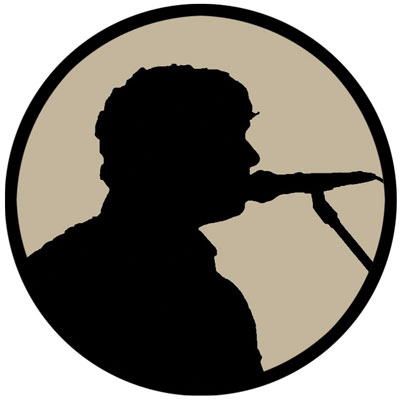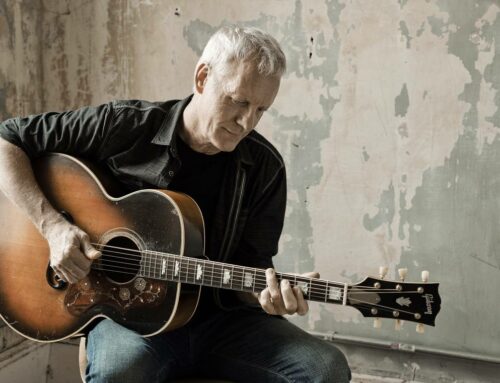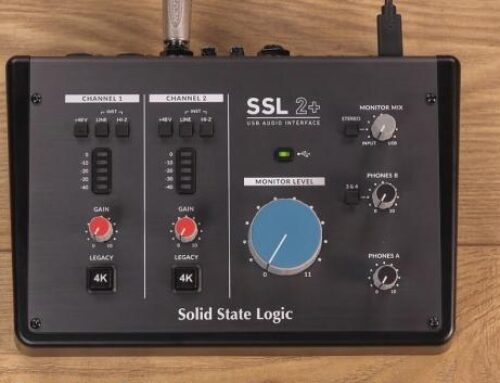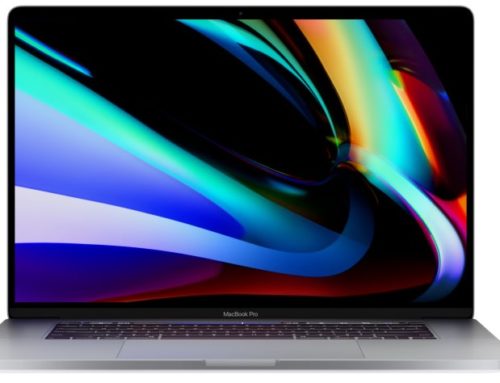by Jeannie Deva
Your audience may think it’s magic, but anyone who achieves outstanding performances has worked hard to do so. What is the key to this success? Through my own development as a veteran performer, as well as by helping countless singers and bands achieve success on stage and in the studio, I’ve been able to develop these tips to help your rehearsals result in “Wow” performances.
1. Envision your message. Sometimes referred to as “the whole package” or “branding,” the overall image, sound and message of a band or solo performer should be established early on. The better you can define your general message and image the more focused your activities will be. This vision of your “product” acts as the criteria for every detail of your music, arrangements, set list, staging, outfits, etc. This is your musical presentation, persona and unique identity. As your career develops, so may your vision and everything realigns to harmonize with it.
2. Keep rehearsals focused. It’s very easy to squander valuable rehearsal time if you don’t predetermine what you will be practicing. Make a “to-do list” of what you’ll cover during rehearsal—and stick to it. Don’t make the list unrealistically long and don’t veer off it. If something comes up mid-rehearsal, such as certain players need more practice of their own parts, skip that song and go onto the next item on your list. Keeping rehearsals productive keeps morale high.
3. Call “vocals only” rehearsals. Many details go into blending good sounding vocals, so coordination of lead and harmony vocals deserve separate rehearsals. From the audience’s perspective, vocals are the most important instrument in a performance or recording (no offense to instrumentalists). A cappella or quiet guitar/piano accompaniments allow you to really hear the vocal quality and blend. Record your sessions to identify what needs to be tightened up.
4.Set lists that work. Open the set with a song that grabs your audience’s attention and captures their interest. End the set with a song that has a strong hook that they’ll walk out singing. Plan the intervening songs based on set length and use of contrasting keys, tempos and emotional transitions to build audience interest and response. To increase interest, pick a song sequence that varies your singer’s range.
5.Practice performance skills too. After any musical trouble spots are smoothed out, such as wrong notes or chords and sloppy rhythms, don’t neglect practicing performance skills such as movement on stage, microphone handling, etc. Spend some time practicing as though you’re ON stage and singing TO the audience. Use video recordings of rehearsals to evaluate and improve.
6. Practice Tops and Tails. Top is the beginning of a song and tail is the end. Going from the tail of one song to the top of the next allows you to get familiar with emotional and physical transitions including changing guitars, moving from one instrument to another and for singers, any change of vocal approach. This will also confirm if your set list works or needs rearrangement.
7. Practice your full set list. Practicing your full set is like a gymnast practicing their routine. You develop your mental as well as physical transitions while you navigate through each song in order of actual performance. This also helps you develop physical and mental performance stamina. This includes:
• Entrances and exits: Consider entrances and exits as a visual part of your show. This should include things like deciding if the lead singer will enter after the band begins playing and how you will end the show and exit the stage.
• Your gear: Avoid clumsiness on stage by practicing any necessary guitar changes; effects pedal settings, etc. during rehearsals of the full set. Practice smoothly taking the mic on and off the stand or making setting changes on vocal effects pedals such as TC-Helicon’s VoiceLive series. Using quick change Hercules mic stands eliminates awkward adjustments on stage.
• Band interaction: Your performance is both visual and audio how you move and look to the audience will either complement or distract from their emotional experience. Performance energy is enhanced when a group works in unison and plays off each other musically and visually.
• Talking to your audience: Audience connection can be enhanced with short verbal interchange between some songs. It takes practice to say something appropriate to the audience to fill a few moments of downtime while a player changes a guitar or the singer moves to a piano for the next song. Practice this during your full set rehearsal so you get comfortable doing it without rambling on.
8. Practice in different rooms. Room acoustics and stage sizes may influence the audio and visual aspects of your performance. Change your rehearsal location whenever feasible to become familiar with adapting your show to different venues. (For more, see my July 2013 MC article: “Different Room Acoustics.”)
9. Practice on camera. To prepare for TV appearances and videos, practice performing to your video camera as though it is a live audience. Different emotional messages from song to song will have varied musical tone and should also LOOK appropriately different. During playback you will see whether your movements and expressions are emotionally consistent with the song. For compact affordable stereo sound and video recording, I like the Zoom Q4.
10. Don’t skimp on preproduction. When prepping for studio recording, spend adequate rehearsal time in preproduction. Rushing into the studio unprepared wastes valuable recording time and money and increases frustration and stress. Enhance your vocal recording by having your singers practice with a rough mix of the instrumental tracks prior to going into the studio. Incorporate all the above tips into recording prep so you emulate a live performance in the studio. A good headphone set mix is vital in the studio, so I recommend Sennheiser’s HD 280 for fantastic sound at a great price.
[Reprinted by permission from Music Connection magazine]
JEANNIE DEVA is a celebrity voice and performance coach, recording studio vocal specialist and member of the Grammys. Endorsed by engineers and producers of Aerosmith, Elton John and the Rolling Stones, she is the author of The Contemporary Vocalist book and CD series, The Deva Method Vocal Warm-Up CD and the eBook: Singer’s Guide to Powerful Performances available for all digital readers. She teaches in her Los Angeles studio and internationally via Skype as well as through her online video exchange school. Visit http://JeannieDeva.com.
For more information on the IAMA (International Acoustic Music Awards), please go to: http://inacoustic.com





I’ve written many lyrics to thousands of songs. I don’t write the music of which I hear. need to find someone who can put music to my words. I just get nervous when I try to write the music.
many people have liked my words , just don’t know how to market them. if I could find someone who play my music then maybe others would like the the recording I’d be making. Oh I don’t play music and my singing I don’t do much cause I don’t have studio to record the sound at.
Could you help me find someone who could play my music and perhaps be a partner too. Oh yeah! thank you for your help and concern.
i